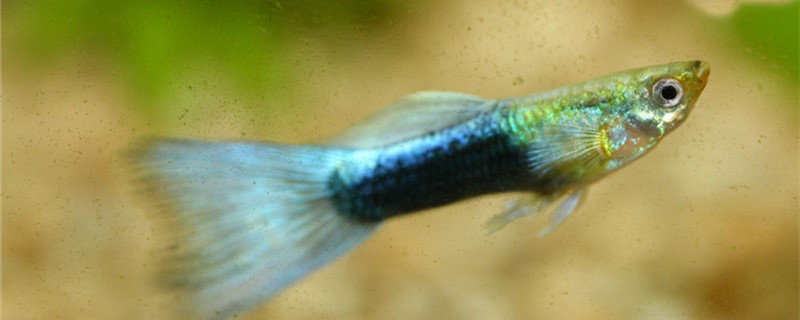
1. Water quality: Change water regularly to ensure clear water quality. If the water is dirty, bacteria will grow. Once the wound on the tail of the fish is infected by bacteria, it will cause disease.
2. Temperature: the temperature is adjusted to 22 deg C to 24 deg C, and the plant is allowed to grow at the optimum temperature. Warm environment is more conducive to tail recovery.
3. Feeding: live bait for the staple food to feed it to ensure adequate nutrition. Paramecium, brine shrimp, tubificidae, water fleas and other protein-rich, live bait is a better choice.
4. Disinfection: In order to prevent the wound infection of the tail, it should be disinfected every day. Soak the fish in 2% brine or yellow powder water. This will not only kill bacteria, but also help speed up the recovery of wounds.
The guppies' tails are very big. When they swim, they will inevitably touch each other's tails. This will bring secondary damage to the wound of the fish after the tail is cut. In addition, wounds are very susceptible to infection when they are not healed. In order to avoid the impact of other fish, it is best to isolate the fish in another tank. After about 1 to 2 weeks of feeding alone, a transparent membrane will appear on the outer layer of the tail. This means that the wound has healed and it can be put back into the original fish tank.